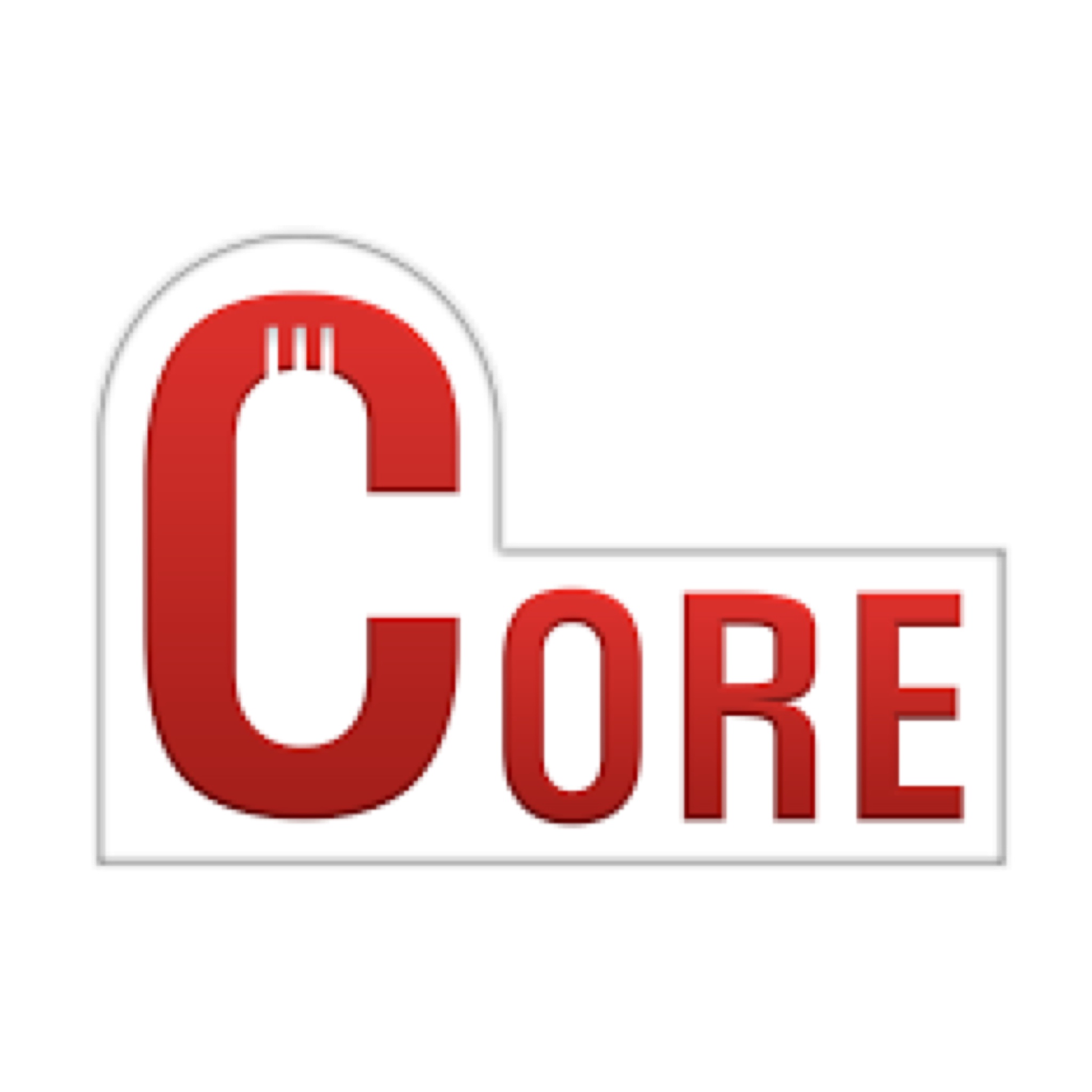Professor

Nuclear Reactor Physics; Reactor Core Design Analysis, and Methodology Development2003: Ph. D. Nuclear Engineering, Purdue University, USA1994: M. S. Nuclear Engineering, Seoul National University, South Korea1992: B. S. Nuclear Engineering, Seoul National University, South Korea
2022~Present: Professor, UNIST2022~2024: Advisory Committee, Nuclear Safety and Security Commission, South Korea2016~Present: CEO (founder) of Advanced Nuclear Technology and Services Co., Ltd.2023~2024: Director of International Collaboration, Korea Nuclear Society2021~2023: Director of Public Relation, Korea Nuclear Society2016~2021: Associate Professor, UNIST2011~2015: Assistant Professor, UNIST2009~2011: R&D Staff, Oak Ridge National Laboratory2005~2009: Senior Nuclear Engineer, Studsvik Scandpower Inc., USA2003~2004: Post-Doctoral Research Associate, Purdue University, USA1995~2000: R&D Staff, Korea Electric Power Research Institute
The Chairman of Balanced Development Committee appointed by the President of South Korea H. E. Yoon Suk Yeol, 2022Award from the Minister of the Ministry of Science and ICT “Meritorious Deed to National Development in the Field of Nuclear Energy Promotion”, 2020M&C 2017 Organization CommitteePHYSOR 2016 Organization CommitteeMember, Joint Benchmark Committee of Mathematics and Computation, Reactor Physics, and Radiation & Shielding, American Nuclear Society, 2010~2012Member, Reactor Physics Division Program Committee, American Nuclear Society, 2008~2011Organization Committee for PHYSOR 2012 (Technical Program Co-chair)Organization Committee for PHYSOR 2004 (Publication Committee)The best paper award at ANS winter meeting, Washington, D.C., Nov. 2004
- Nuclear Engineering and Technology (NET) – Executive editor go to journal board- Annals of Nuclear Energy (ANE) – Advisory editor go to journal board- Journal of Nuclear Science and Technology – Director go to journal board- Nuclear Science and Technology Open Research (NSTOR) – Advisory go to journal board- Energies – Editorial board on Nuclear Energy go to journal board- Frontier in Nuclear Engineering – Topic editor on Multiphysics go to journal board
- Nuclear Reactor Physics
- Initial / Reload Reactor Core Design
- Steady State and Transient Core Analysis
- Resonance Treatment
- On-the-fly Doppler Broadening
- Safety Parameter Evaluations
- Neutron Cross Section Measurements
- Neutron Scattering Experiments
- Numerical Methods for Neutron Transport and Diffusion Analysis
- Monte Carlo Methods
- Method of Characteristics
- Unified Nodal Method
- Acceleration Techniques
- Advanced Reactor Designs
- Light Water Reactors
- Sodium-cooled Fast Reactors
- Molten Salt Reactors
- Small Modular Reactors
- High Temperature Gas-cooled Reactors
- High Performance Computing
- Parallel Computing by MPI and OpenMP
- Supercomputing
- Lattice Physics Code Development
- Monte Carlo Code
- Deterministic Transport Analysis Code
- Nodal Diffuion Transient Code
- Operation Support Packages
- Reactor Core Simulator
- Wester Services Company NPP simulator
- NEL macro-/micro- NPP simulator
- IAEA/KAERI NPP simulator
- Load Follow Opertion Simulator
Ongoing Research Topics
1. Development of MOC Transport code
Multi-group Cross-Section Generation
- Pin-based pointwise energy slowing-down method
- Equivalence theory for structure material
- Resonance upscattering correction
- Enhanced neutron current method
- Resonance interference factor library method (option)
- Inflow transport correction
Transport Solver
- Method of Characteristics
- T-Y optimum quadrature sets
- Assembly modular ray tracing method
- Direct neutron path linking method
- P0~P5 scattering source treatment
- Coarse mesh finite difference acceleration
Depletion
- Matrix exponential method
- Chebyshev rational approximation method
- Chain with ~1400 isotopes
- Predictor/corrector
Few-group Constants Generation
- Discontinuity factor
- Two-group cross-sections
- Critical spectrum with fundamental mode calculation
2. Development of 3D Nodal Diffusion code
- Development of two-step approach reactor core design code- Nodal diffusion theory and pin-by-pin SP3 solver steady/transient state calculation- Engineering feature and multi-cycle calculation capability for practical reactor core design- High fidelity multi-scale multi-physics coupling with TH subchannel, fuel performance, water chemistry, system codes for AOA/RIA analysis- Advanced reactor core (SFR/VHTR/LWR/MSR) design and analysis capability- Development of real time reactor simulator- Parallel computing capability for pin-by-pin calculation- Verification and Validation with IAEA ADS Benchmark, Analysis of KUCA Experiments: Phase I
- Low-boron commercial PWR design- Non-boron Small Modular PWR design- Ultra-long Cycle Sodium Cooled Fast Reactor Design- Long-life Lead Cooled Fast Reactor for Icebreacker- Loading pattern search for long life mixed-cycle operation in PWR- Load Follow Operation Method development based on Smart Grid
- Nuclear cross section library generation for fast reactors simulation in deterministic code system- IAEA-CRP CEFR Benchmark Problem Validation- ABR-1000 core benchmark problem verification
- High fidelity multi-physics simulation (CTF, FRAPCON etc.)- Cross section processing with On The Fly (OTF) doppler broadening- Multi-group constant generation- Generalized Perturbation Theory (GPT)- Variance reduction technique- Neutron/Gamma transport simulation- Source term calculation- Cask analysis
- Development of multi-physics coupled reactor core analysis code system- Coupling with subchannel T/H codes- Coupling with T/H system codes- Coupling with fuel performance codes- Coupling with water chemistry codes- Nuclear reactor core safety analysis (RIA, LOCA etc.)
- Sensitivity coefficient calculation for various response functions such as the effective multiplication factor, reaction rate ratios and bilinear ratios- Uncertainty quantification as a function of covariance data library- Verification for UAM-LWR and UAM-SFR benchmark
8. AI for Nuclear Application
- AI training data generation using nuclear power plant simulator- Development of surrogate model for cross-section generation, XSNET- Development of neural network models for estimating reactor parameters for various states- Loading pattern search using machine learning and artificial intelligence- Coupling the artificial neural network within existing conventional reactor simulation software- Development of Vision Transformer for AOA early prediction- Development of Auto-regressive Staged learning model for detection of ICI Cross-wired- Development of Auto-regressive LSTM for detection of inlet temperature asymmetry- Development of Self-regressive MLP for detection of CR Misalignment- GMHD for 3D power reconstruction
9. Nuclear Reactor Simulator
- Accelerating 3D nodal diffusion code by parallel computing- Coupling nodal code RAST-K with full-scope NPP simulator platform (3KEYMASTER)- APR1400 accident simulator (LOCA, REA, SBO, etc)- Integrated code system for the safety analysis of spent fuel storage cask

